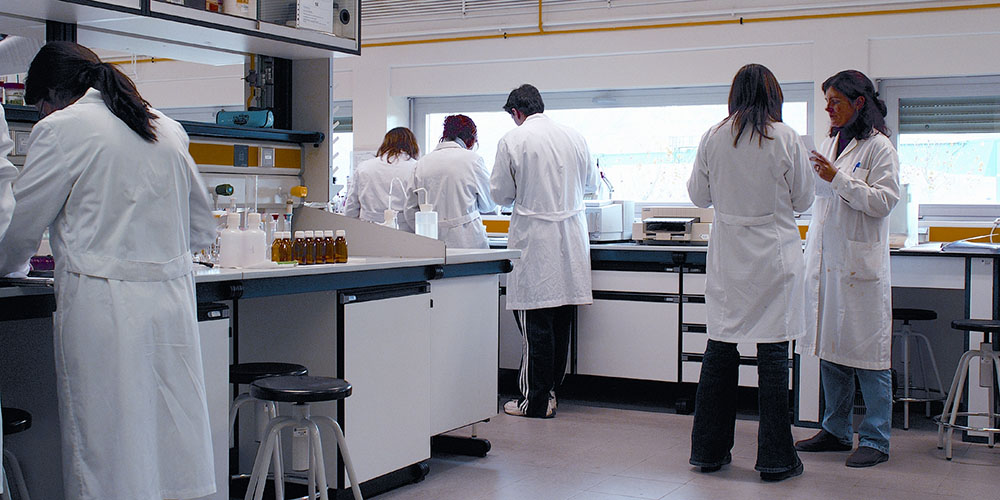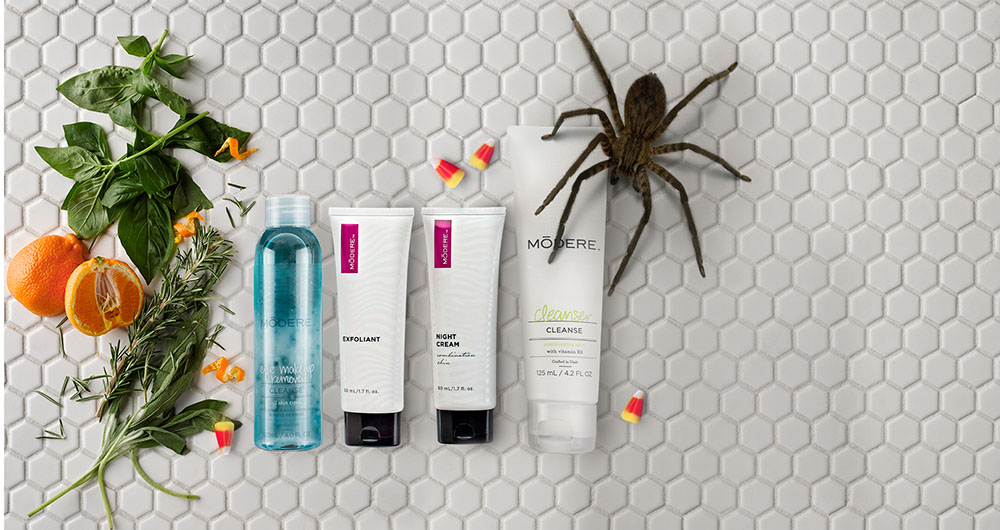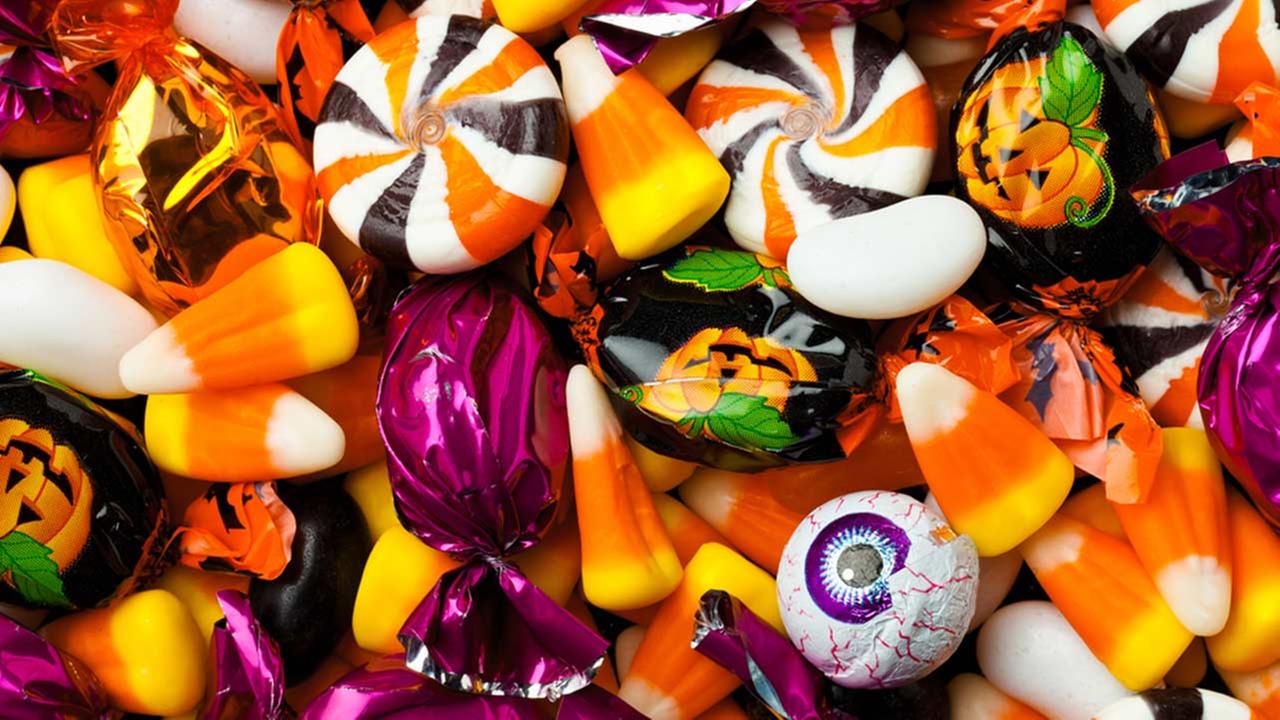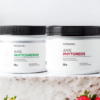It only takes a moment. We wash our hands, the water is gone and we don’t think about it again. But where is it now? Where does its journey end? Surely it doesn’t magically disappear, but the destination remains mysterious.
That ‘used water’, also known as gray water, actually begins its journey through the mazes of pipes and waterworks to be combined with sewage, where it is rendered toxic. Any previous benefits are then lost.
Or so they were, before the advent of gray water reuse projects.
The first U.S. soil-biocompatible laundry detergent was developed in 1989 and the legalization of gray water in Santa Barbara shortly followed, igniting the trend to conserve water and reuse it in everything from public parks to personal gardens. And by May of 1991, five other Californian cities legalized the reuse of gray water, further popularizing the innovative idea of wastewater reuse1.
What did these cities see in gray water? A vision of green lawns and parks without wasting much-needed fresh water. The possibility of cheaper water bills and less wastewater entering sewers2. And ultimately, an essential path to a better future for the environment.
Companies have caught wind of this growing environmental trend as well, and have begun producing whole product lines that are gray water certified. At Modere, we are proud to be leading this movement with our new gray water and biodegradable household product line.
We’ve specifically formulated Dish Wash, Laundry Detergent and Fabric Softener without the harsh agents and residues that similar products tend to include. The result? All three products have been verified as readily biodegradable and are also gray water safe. Each has been tested through third-party verification and shown to reach full mineralization (meaning they fully broke down) in only 3 weeks, providing customers the opportunity to help preserve perfectly useful water with every product use.
So, where does the water’s journey ultimately lead? In the end, it’s up to us. It can go on to be lost amongst the presence of pollutants, botanical nutrients wasted away. Or, we can purposefully use this water as a resource for beneficial future possibilities.
1. Oasis Design. Gray Water History. oasisdesign.net
2. Sustainable Earth Technologies. Gray Water Treatment. sustainable.com.au









